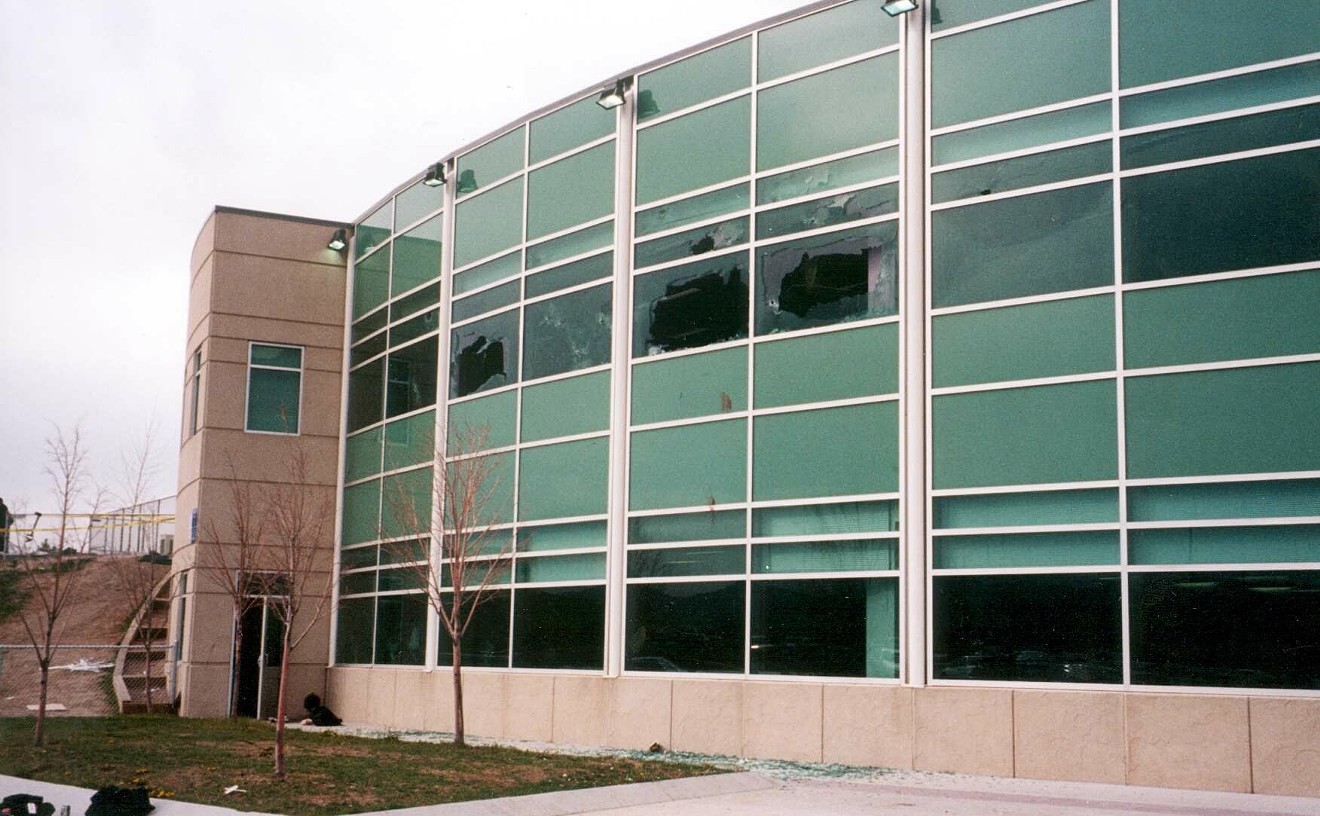Denver has some of the highest levels of hazardous air pollution in the country, and the problem is getting worse, a new report from the American Lung Association found.
The 2019 edition of the organization’s annual “State of the Air” report, released today, April 24, ranked Denver as the twelfth-worst out of 228 metropolitan areas for ozone pollution, which poses a wide variety of respiratory, cardiovascular and developmental health risks. That's two spots higher than last year's report.
“Denver residents should be aware that we’re breathing unhealthy air, placing our health and lives at risk,” JoAnna Strother, regional director of public policy for the Lung Association, said in a statement. “In addition to challenges here in Denver, more than 4 in 10 Americans are living with unhealthy air, and we’re heading in the wrong direction when it comes to protecting public health.”
The report analyzed three years’ worth of the most recent available data, collected by state and local agencies across the country between 2015 and 2017. After several years of improvement, the seven-county Denver metro area saw an increase in the number of high-ozone days during that period, putting hundreds of thousands of residents at greater risk of negative health effects.
“Ozone especially harms children, older adults and those with asthma and other lung diseases,” said Strother. “When older adults or children with asthma breathe ozone-polluted air, too often they end up in the doctor’s office, the hospital or the emergency room.”
In Denver and around the world, ozone pollution is being made worse by climate change. Because ground-level ozone is formed by chemical reactions between precursor pollutants in the presence of heat and sunlight, a higher number of hot, sunny days means unhealthier levels of ozone. The time period studied by the Lung Association's report, its authors note, spanned three of the warmest years on record.
As in other major cities, one leading cause of Denver's "brown cloud" is its cars and trucks, which emit ozone-forming pollutants like nitrogen oxides and volatile organic compounds. But studies have shown that an equal if not greater contributor to the metro area's ozone pollution is the high concentration of oil and gas facilities along the Front Range; on an average day, motor vehicles and oil and gas operations each account for 30 to 40 percent of the region's ozone levels.
Thanks to sources of pollution like these, the Denver metro area has been in so-called non-attainment of federal ozone standards since 2004. Following the withdrawal of an extension request by Colorado Governor Jared Polis last month, the Environmental Protection Agency is expected to reclassify the region's non-attainment status from "moderate" to "serious," a step that would force Colorado regulators to strengthen pollution controls.
[
{
"name": "Air - MediumRectangle - Inline Content - Mobile Display Size",
"component": "12017618",
"insertPoint": "2",
"requiredCountToDisplay": "2"
},{
"name": "Editor Picks",
"component": "17242653",
"insertPoint": "4",
"requiredCountToDisplay": "1"
},{
"name": "Inline Links",
"component": "18838239",
"insertPoint": "8th",
"startingPoint": 8,
"requiredCountToDisplay": "7",
"maxInsertions": 25
},{
"name": "Air - MediumRectangle - Combo - Inline Content",
"component": "17261320",
"insertPoint": "8th",
"startingPoint": 8,
"requiredCountToDisplay": "7",
"maxInsertions": 25
},{
"name": "Inline Links",
"component": "18838239",
"insertPoint": "8th",
"startingPoint": 12,
"requiredCountToDisplay": "11",
"maxInsertions": 25
},{
"name": "Air - Leaderboard Tower - Combo - Inline Content",
"component": "17261321",
"insertPoint": "8th",
"startingPoint": 12,
"requiredCountToDisplay": "11",
"maxInsertions": 25
}
]












